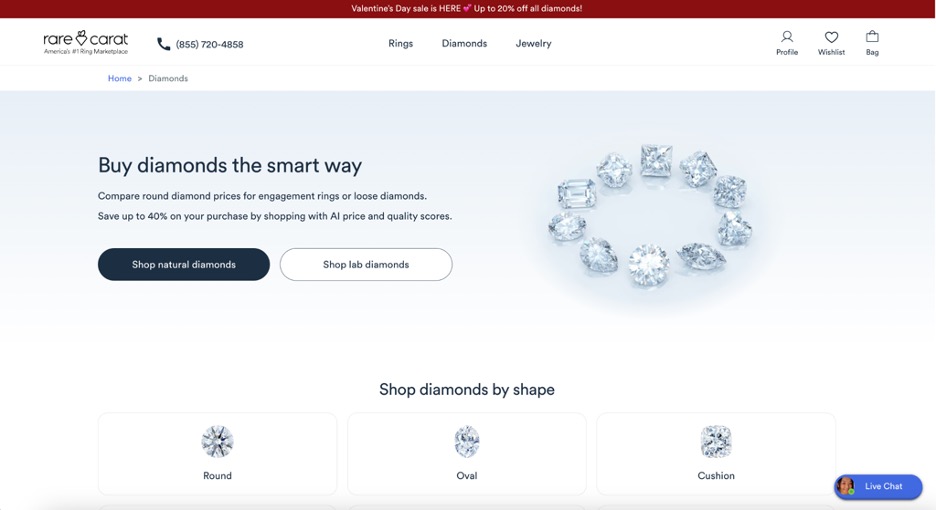Were you born at a time when games were a physical experience? Do you remember when people hung out in the streets and played poker, backgammon, and chess with random passersby as their audiences? When you were a kid, did “playing games” mean going outside to interact with other kids your age?
Over the last few decades, gaming has become digitised, reducing these old-time activities to mere relics of the past. Nowadays, iGaming offers more opportunities than ever — not only to play but also to win big. With free spins bonus options, generous welcome packages, and innovative in-game elements that grant points and cash rewards, the options are endless. It’s no wonder people of all ages spend their free time playing these new games.
In this article, the AuCasinosList team will trace the evolution of online gaming and explore its impact on how we spend our free time and interact with others.
The Evolution of Online Gaming: A Historical Retrospective
The story of online gaming began in the 1970s, when the internet was still in its infancy, and gaming was a niche pastime for tech enthusiasts. Early experiments like MUDs (Multi-User Dungeons) allowed players to interact in text-based adventures, creating the first taste of online multiplayer gaming. These games ran on ARPANET, the precursor to the internet, and laid the foundation for what was to come.
By the 1980s, bulletin board systems (BBS) enabled players to connect through dial-up modems and compete in then-popular games like Trade Wars and Legend of the Red Dragon. Though the graphics and gameplay seem primitive by today’s standards, these innovations sparked the idea that gaming can be a shared interactive online experience.
The Rise of Multiplayer and Console Gaming in the 1990s
The 1990s were arguably the golden age of online gaming. During this decade, the field saw massive development and progress; online gaming became such a big boom that everyone was suddenly “hot for gaming”.
When home gaming consoles became a “must” in most households, companies like Sony and Sega started exploring how to make gaming even more exciting by integrating new elements. Sega made a bold move in 1999 with the release of the Dreamcast console. Suddenly, console gaming wasn’t just something you did on your own; with the built-in online features, it became a social activity, allowing players to challenge friends and fellow gamers without leaving their homes.
Meanwhile, PC gaming flourished with titles like Quake and Ultima Online, which revolutionised the multiplayer experience by connecting players worldwide via real-time gaming servers. These games also scratched the surface of the social aspect of online gaming and laid the foundation for the rise of online communities and eSports.
The Boom of Online Casinos and Casual Games in the 2000s
What started as a “golden innovation” in the 1990s quickly became a global phenomenon, opening numerous jobs and driving the gaming industry’s economic success. This was the era of Candy Crush and Farmville, games that allowed players to reach a seemingly endless number of new levels. It was also the era of games in which a player’s progress largely depended on the social environment and “friends” inside the game.
At AuCasinosList, we also remember this decade for the birth and massive expansion of online casinos. Throughout the noughties, popular casino games like blackjack and poker were popular, mainly because they allowed players to make progress and earn free spins, granting them an opportunity to try numerous games without an initial deposit.
Mobile Gaming and the Digital Revolution of the 2010s
The 2010s put online games in everyone’s pockets, thanks to the rise of smartphones and platforms like the App Store and Google Play. Mobile gaming turned free time into an endless adventure, with a flood of apps offering quick, exciting experiences on the go.
Online casinos began launching apps as well. With daily rewards, seamless gameplay, free spins promotions, VIP levels, and tournaments, they transformed iGaming from an activity to kill time during short breaks into a thrilling opportunity to win enticing rewards.
The Modern Era: VR, AR, and Streaming Platforms of the 2020s
VR and AR are still in the early stages of transforming online gaming, but the current trends are very promising. In terms of online gambling, VR casinos emulate the feeling of walking through real-life gaming venues. At the same time, AR brings brick-and-mortar casino elements like roulette wheels and poker tables into your living room.
“These innovations have made gaming more social, realistic, and exciting than ever”, says Lola Henderson, author and gambling expert from AuCasinosList. She cites platforms like Twitch and YouTube Gaming that let fans watch others play, participate via chat, and even join live games, offering an experience that redefines free time.
How Online Gaming Is Transforming Free Time
Since gaming has become a social activity, people can “hang out” and challenge each other in virtual chat and gaming rooms, adding an extra layer of fun to their interaction. Let’s say you’re not a sporty type, but you have a friend who is, and you’re both gaming enthusiasts. Now, you can challenge them in a one-on-one tennis match in a virtual environment.
“What’s more, people are expanding their social groups by making new friends within their online gaming communities”, expert Lola Henderson adds. “It’s a truly unique space where everyone shares the same passion and enjoys spending their free time.”
The VR/AR Integration in Sports and Active Gaming
With VR sports simulators, you can hit the golf course or step onto a football field from your own bedroom. These games let you turn free time into active time without breaking a sweat.
AR games like Pokémon GO bring adventure to your everyday life, transforming the world around you into an interactive playground. These games allow you to travel the world while staying in a comfortable environment, which is one of the reasons the AuCasinosList is fond of this trend. If this proposal sounds interesting, we recommend giving AR and VR gaming a shot for a fresh perspective on how to spend your downtime.
Gaming Expos as Leisure Travel Destinations
E3, Gamescom, and the Tokyo Game Show are some of the numerous events that bring together avid players and curious guests from across the globe. If you never wanted to visit Tokyo, the Game Show is an excellent opportunity, as it’s a full-blown cultural event. From hands-on experiences with cutting-edge games to tournaments, panels, and meet-and-greets with developers, these events are bucket list destinations for many.
Gamification of Education and Skill Development
Online gaming is about fun, but it also transforms the way we learn and adopt new skills. Platforms like Duolingo (for learning new languages) and CodeCombat (for learning programming skills) use game mechanics, such as rewards, challenges, and progress tracking, to make education engaging. Even casual mobile gaming can improve cognitive skills and help with anxiety, like drawing Mandalas or playing simple brain games to boost your mental capacity.
The Impact of Online Gaming on General Entertainment
Gaming and movies are blending like never before. Blockbuster games like Witcher 3 and Cyberpunk 2077 have inspired binge-worthy TV series, while films like Ready Player One and Free Guy celebrate the gaming culture on the big screen.
The connection works in both directions: big movie titles like Jurassic Park and The Dark Knight Rises have been transformed into rewarding casino slots, where reels bring the excitement of Hollywood to the gaming world. These crossovers create a unique blend of innovation and nostalgia, opening up new ways for fans to engage in their fandom.
Final Words
Gaming is no longer reserved for game nights and internet sessions. Smartphones have become a significant part of our daily lives, allowing us instant access to online games no matter where we are — commuting, waiting in long lines, or road-tripping.
Moreover, we no longer see games as an activity “to pass the time”. Nowadays, thanks to features like progress tracking and real-life events, conventions, and expos, gaming is a lifestyle and a hobby for many. At AuCasinosList, we see this evolution as more than just a trend. With game elements finding their way into everyday activities — from learning new languages to acquiring skills to advance our careers — gaming is the future of leisure.














